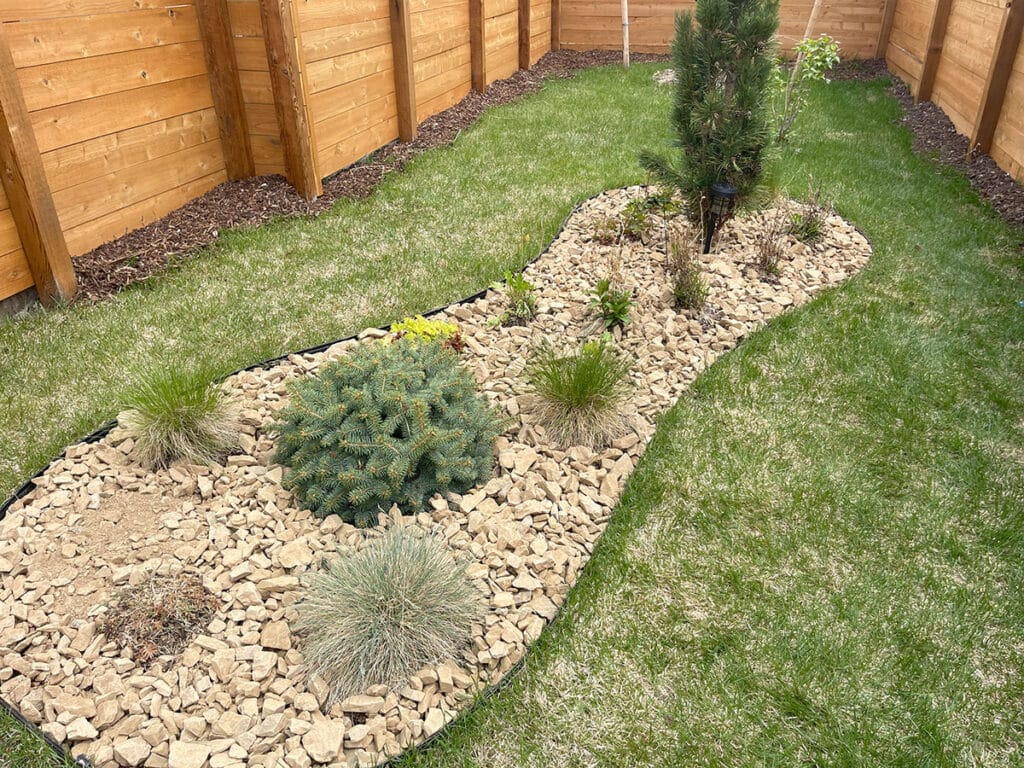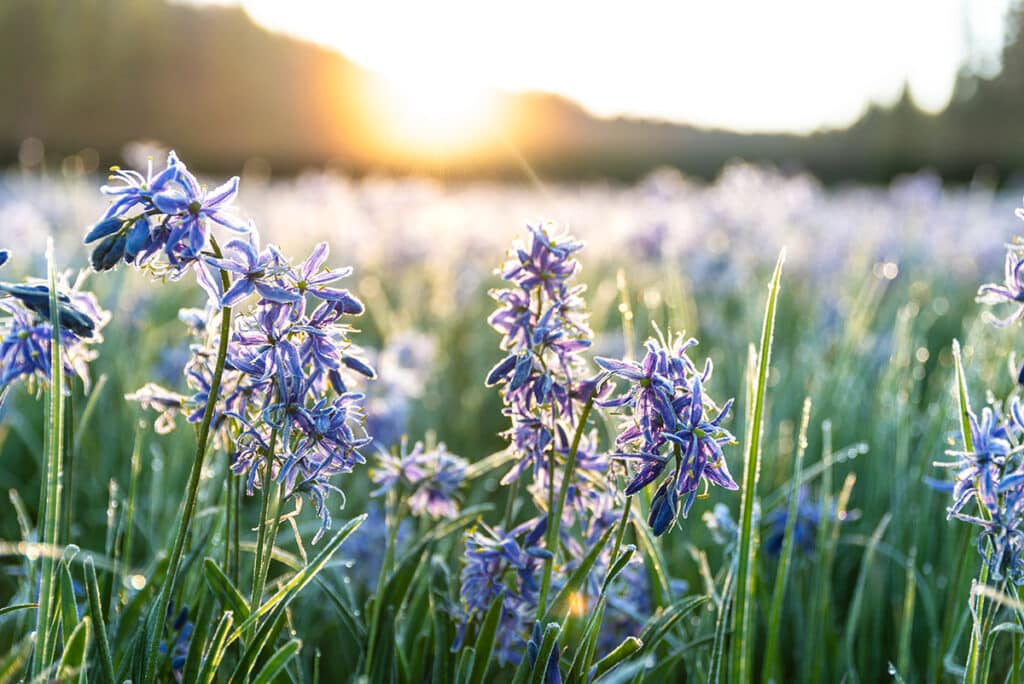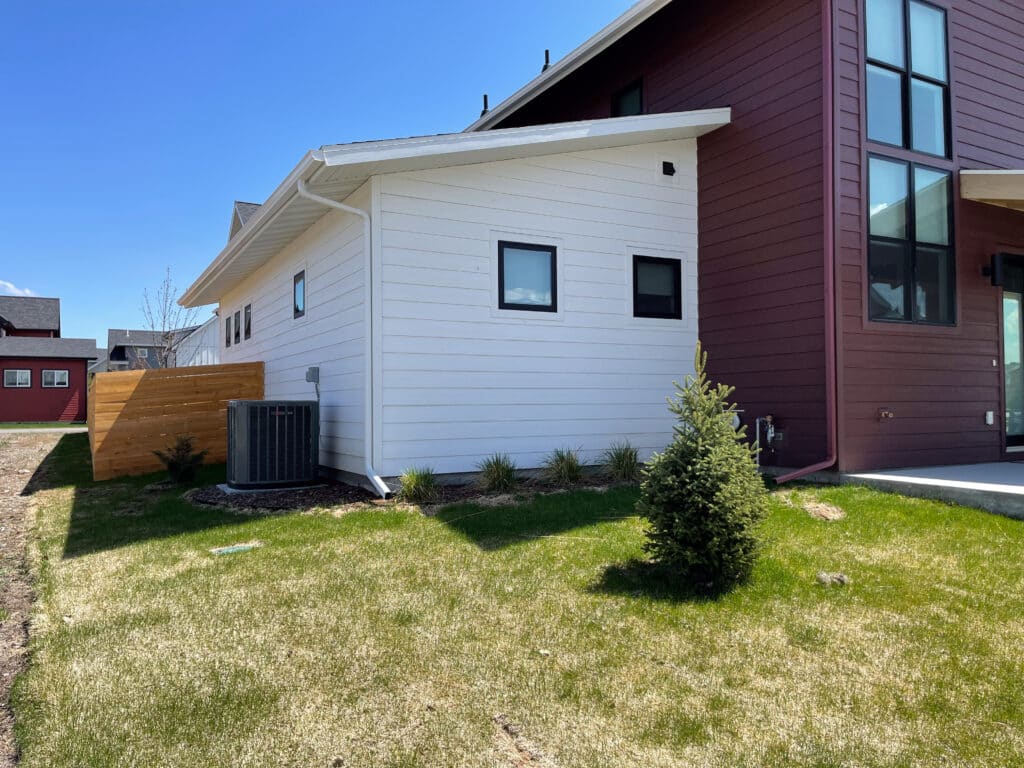Maximize space with vertical gardening, choose compact plants, and use multi-functional furniture.
Designing a small backyard doesn’t mean compromising on style, functionality, or greenery. In fact, with thoughtful planning and creative solutions, you can transform a compact outdoor space into a charming and inviting retreat. In this guide, we’ll explore practical tips and design strategies to help you make the most of your small backyard landscape.
Initial Steps
1. Define Your Purpose
Before diving into design ideas, consider how you want to use your small backyard. Do you envision a cozy reading nook, a dining area for entertaining, or a lush garden escape? Defining your purpose will guide the layout and selection of elements in your design.
2. Create Zones
Divide your small backyard into functional zones to maximize its potential. Common zones include seating areas, a dining space, and a greenery zone. Clearly defining these areas adds structure to the design and makes the most of the available space.

3. Select Space-Saving Furniture
Opt for furniture that serves dual purposes or can be easily folded or stacked when not in use. Consider built-in seating, foldable tables, or compact furniture sets that maximize seating capacity without overwhelming the space.
4. Utilize Vertical Space
Take advantage of vertical space to add visual interest and functionality. Install wall-mounted shelves, hanging planters, or vertical gardens to draw the eye upward and free up floor space. Vertical elements also create the illusion of height, making the space feel larger.
5. Choose Multi-Functional Features
Select features that serve multiple purposes. For example, a bench with built-in storage, a coffee table that doubles as a planter, or a fire pit that can also be used as a table. Multi-functional elements contribute to a clutter-free and versatile small backyard.
Additional Ideas
1. Embrace Container Gardening
Opt for container gardening to introduce greenery without sacrificing floor space. Use a variety of pots and planters to showcase different plants, flowers, or even herbs. Arrange them strategically to create focal points and add color to the landscape.
2. Create Illusions with Mirrors
Strategically place mirrors to create the illusion of more space. Mirrors reflect light and greenery, making the small backyard feel larger and brighter. Consider using decorative mirrors on walls or as part of a garden feature.
3. Use Light Colors
Choose light-colored furniture, accessories, and plant containers to enhance the sense of openness. Light tones reflect natural light, creating an airy atmosphere. This design trick is particularly effective in smaller spaces.
4. Install Smart Lighting
Incorporate outdoor lighting to extend the usability of your small backyard into the evening. Opt for string lights, lanterns, or wall-mounted fixtures to create a cozy and inviting ambiance. Lighting can also highlight key features and visually expand the space.
5. Create a Focal Point
Establish a focal point to draw attention and anchor your small backyard design. This could be a striking plant, a water feature, a sculpture, or even a well-designed seating area. A focal point adds interest and depth to the landscape.
6. Use Paving Wisely
Choose paving materials that visually expand the space. Consider using large-format tiles, light-colored gravel, or decking to create a cohesive and visually uncluttered surface. The right paving can make the backyard appear more expansive.
7. Maintain a Neat and Tidy Look
Keep the design simple and avoid overcrowding the space with too many elements. A neat and tidy layout contributes to a visually pleasing and organized small backyard. Regular maintenance ensures the space remains inviting.
8. Integrate Water-Saving Features
Consider water-saving features like a small fountain, birdbath, or a self-watering system for plants. These elements add charm to the landscape while minimizing water usage and maintenance.
Final Thoughts
Designing a small backyard landscape is a delightful challenge that allows for creativity and resourcefulness. By carefully planning zones, incorporating multi-functional elements, and utilizing vertical space, you can create a charming and efficient outdoor retreat. Whether you aim for a cozy haven, a vibrant garden, or a multifunctional space, these design tips will help you make the most of your small backyard while maintaining style and functionality. Happy designing!



